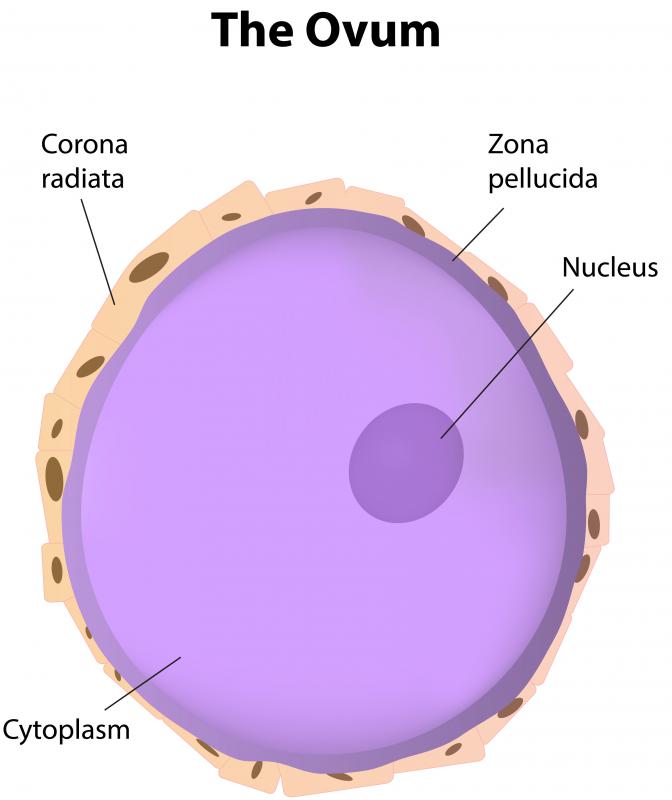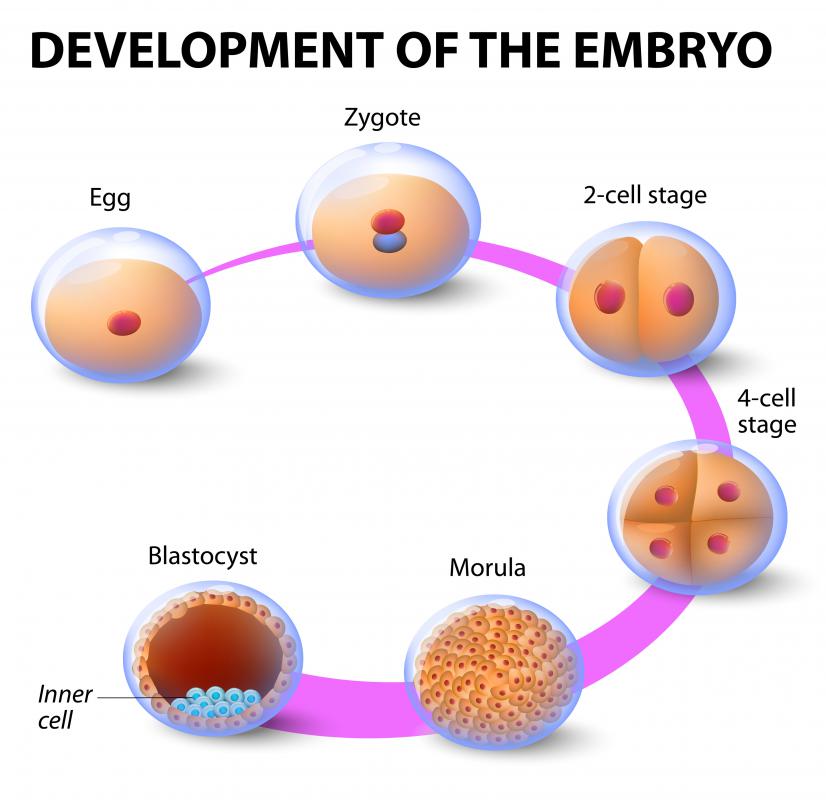At WiseGEEK, we're committed to delivering accurate, trustworthy information. Our expert-authored content is rigorously fact-checked and sourced from credible authorities. Discover how we uphold the highest standards in providing you with reliable knowledge.
What is a Spermatozoon?
A spermatozoon is the male sex cell or gamete that fertilizes the female egg or ovum in organisms that reproduce sexually, including all animals and some plants. Unlike most of the cells that make up multicellular organisms, spermatozoa consist of a head and at least one flagellum or tail, which allows them to move independently. The head contains very little cytoplasm compared to other cells and carries very densely packed chromosomes within the nucleus. Like all sex cells, sperm cells are haploid, containing only half the number of chromosomes typical of the species.
In mammals, spermatogenesis begins in the seminiferous vesicles of the male's testicles. In the presence of the high concentrations of testosterone, which begin to occur at adolescence, primary spermatocytes mature and divide into secondary spermatocytes. The resulting cells split into 2 immature sperm cells called spermatids, each of which will become a mature spermatozoon.

Seminal fluid or semen provides the warm, moist environment which sperm cells require for survival and a medium through which they can move easily. It also protects the cells and helps to control the speed at which they move. The energy required for the whiplike or flagellar motion with which the tail propels each sperm cell through the seminal fluid is provided by small cellular structures called mitochondria which surround the upper portion of the tail.

For fertilization and reproduction to occur, spermatozoa must be transferred from the male to the female through the vagina or cloaca where glycoproteins on the cell surface keep the spermatozoa from being attacked by the female's immune system. The sperm travel through the female reproductive tract, where one of them penetrates the protective outer layer of the ovum. Species-specific receptors on the surface of both the ovum and the spermatozoa ensure that sperm cells of one species are generally able to fertilize only ova from the same species.

Within the cell membrane that encloses the head, and covering much of the area beneath, is an inner layer called the acrosome, which plays an important role in fertilization. Penetration of the ovum occurs when the acrosome of the penetrating spermatozoon protrudes through the cell membrane, reacting with and weakening the outer layer of the ovum. As this acrosomal reaction progresses, the head of the spermatozoon fuses with the ovum's cell membrane and releases its contents into the ovum. The nuclei of the sperm and ovum fuse, resulting in a zygote from which a new organism of the same species develops.
AS FEATURED ON:
AS FEATURED ON:

















Discuss this Article
Post your comments